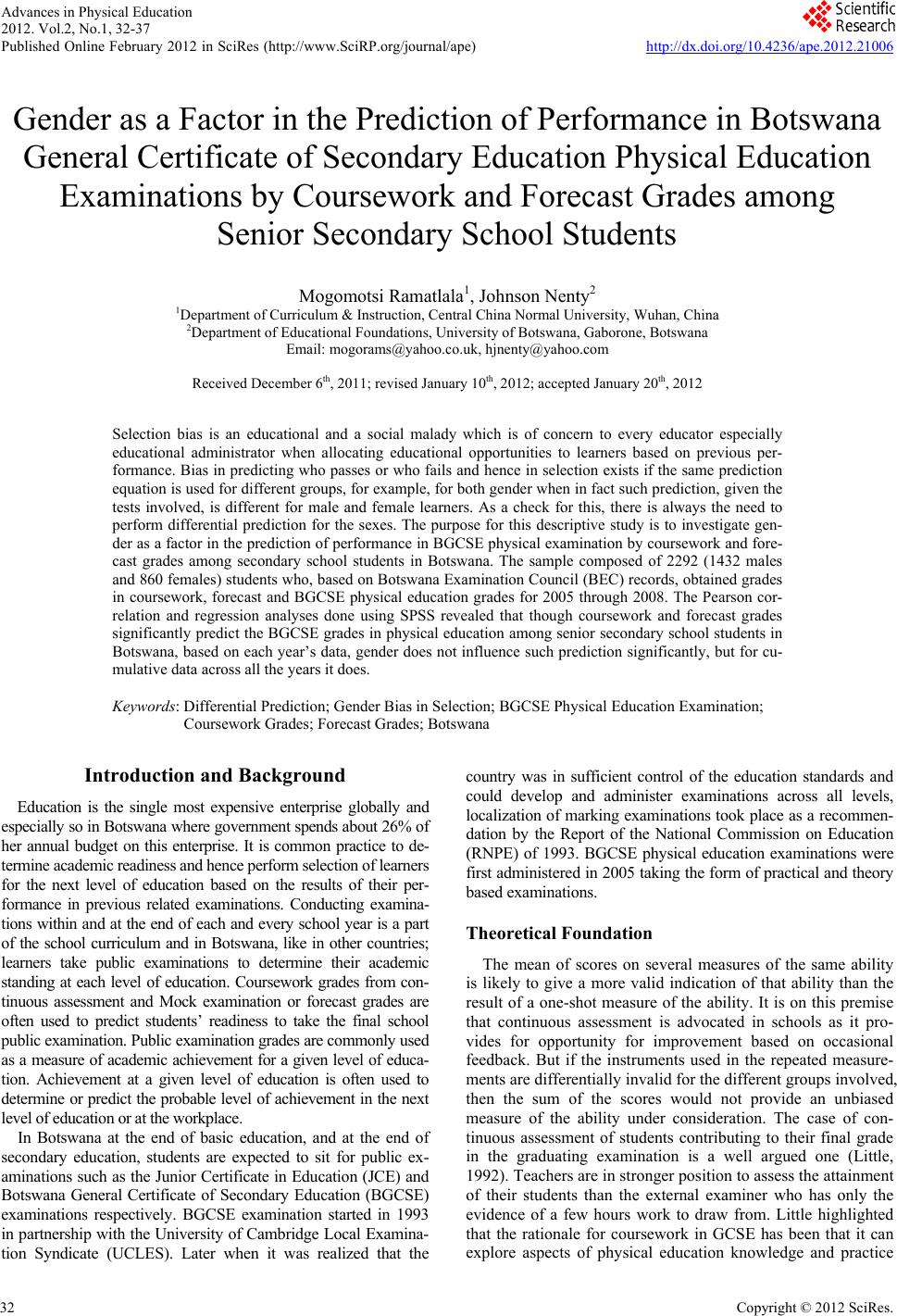GCSE PE coursework teacher feedback sheets provide an excellent opportunity for teachers to give feedback on their students’ coursework and identify any areas for improvement. Although originally designed for the AQA specification, they have since been amended to suit the new AQA specifications. The fitness evaluation section no longer includes SMART targets and personal examples of strengths and weaknesses have been reworded to three. Below you will find some sample feedback sheets.
GCSE PE coursework teacher feedback sheet
The GCSE PE coursework teacher feedback sheet is a useful tool for marking students’ work, as it highlights areas where students may have missed out. It has been designed for the AQA specification, and has been updated to incorporate the latest changes. The fitness evaluation section has been changed to no longer include SMART targets for the next 6 weeks. The personal examples of strengths and weaknesses section has been revised to three personal examples, instead of six.
Teachers should take the time to review the results of the assessment. In particular, they should note down any strengths and weaknesses of their students in the topic. Once the assessment process is complete, the staff will provide a response to the student’s feedback, including targets for student responses. However, the feedback sheet should not replace the GCSE PE specification document. It should be used in conjunction with it. There are two parts to the non-exam assessment: the performance-based assessment and the performance-based analysis assessment.
FE Civil exam review guide
When it comes to preparing for the FE Civil exam, it’s essential to spend at least 300 hours studying the material. That’s close to 150 hours into your course, and it’s an ideal time to go over the material one more time. The FE Civil exam review guide from Civil Engineering Academy will give you the resources you need to pass the FE exam. The study guides’ materials are based on the specifications of the NCEES testing agency. They include examples, definitions, and even Augmented Reality features to enhance your comprehension and retention of the key concepts. They are also packed with navigational tools, flash cards, and mobile quizzes to make studying easier.
The Ultimate Civil FE Review Course was created by a team of practicing engineers. It offers great materials and amazing support for a reasonable price. PPI was founded in 1975 by Michael R. Lindburg PE and acquired by him in 2018. The company has been providing study materials for engineers across all engineering disciplines for over three decades, and they now offer six FE courses. This review guide is available online and on demand.
The FE Civil exam review guide is a comprehensive guide to the civil engineering field. It covers all the necessary information for an engineering degree. It is composed of 18 different engineering bodies of knowledge and contains practice tests that are based on each one. Each section includes lectures and video practice problems. For example, the Ultimate Civil FE Review course contains over 90 FE Civil practice exam problems in video form. The video solutions walk you through each problem step-by-step.
The FE Exam is not an open-book exam; it is more of a limited-reference exam. The only reference material allowed is the NCEES Handbook. Download the FE Handbook for free from NCEES’ website and begin studying immediately. The Handbook is a vital resource for any exam, so consider it a must-have. You’ll be glad you did! You can use it for practice exams.
The pass rate for the FE Civil exam is 73% as of July 2020. This figure is based on people who passed the test the first time, attended an accredited engineering program, and took the exam within twelve months after graduation. However, the pass rate for the FE exam depends on the BSCE curriculum and the level of preparation you have. So, if you’re a recent graduate, you’ll be much better prepared than if you didn’t take the FE Civil exam.
An FE exam is a comprehensive exam covering the majority of engineering undergraduate courses. The NCEES publishes the list of possible exam topics. By knowing which subject will be on your exam, you’ll be less surprised when you see it on the big day. You’ll have to prioritize your weaker subjects before tackling the heavier subjects. If you’re unsure about a certain subject, make sure to review it first so you’ll be prepared for anything that may come up on the exam.
Guidelines for grading PE coursework
Teachers have many options when determining how to grade physical education coursework. Many educators choose to follow California’s guidelines for grading PE assignments. These standards cover physical education for students at the elementary, middle, and high school levels. In addition to establishing guidelines, instructors can contact legal counsel for additional guidance. Whether to use standardized apparel or not depends on the individual circumstances of the teacher and student. In general, teachers are expected to follow a set of criteria when grading PE coursework.
The EC Section 33352(b) requires LEAs to offer a PE course of study in grades nine through twelve. PE coursework must incorporate instruction in the eight core content areas, but does not have to cover all eight. Some LEAs use a combination of guidelines. For example, a middle school might offer marching band as a PE course. The local governing board may follow a marching band course outline to determine whether a student is earning a PE credit.


No Responses